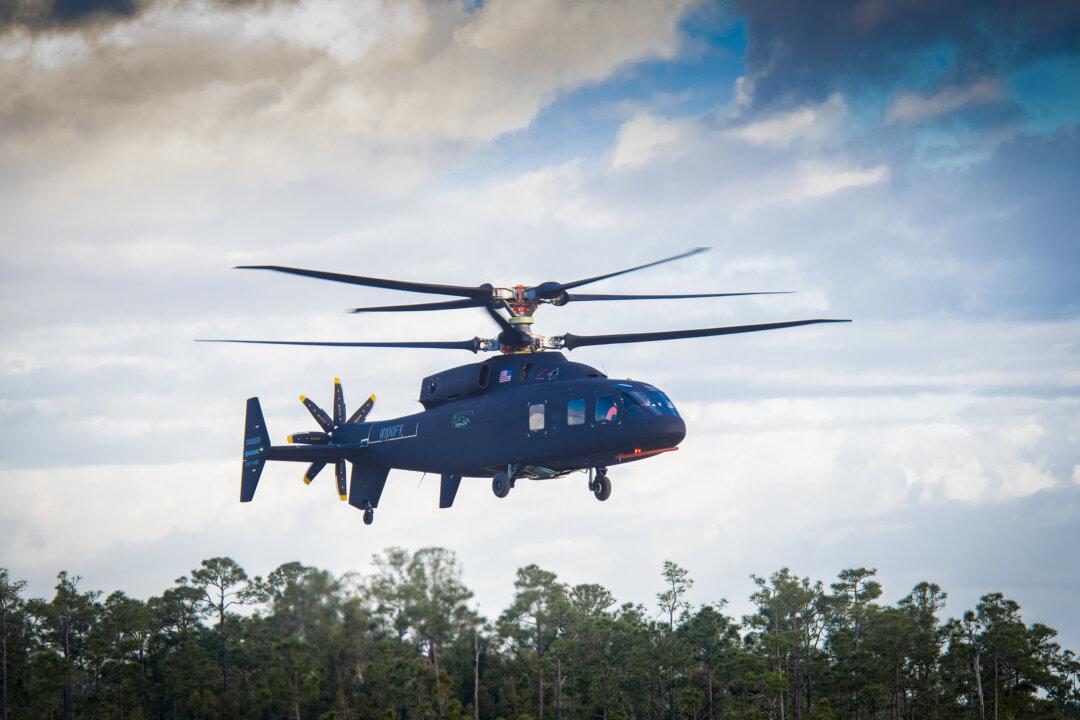Sikorsky and Bell will duke it out in a two-year competition to replace the military’s iconic Black Hawk helicopter.
Neither contender looks much like a helicopter, let alone the 40-year-old Black Hawk frame they are aiming to replace. With military strategists demanding three times the range and double the speed, the army needed to start with a clean design sheet.





